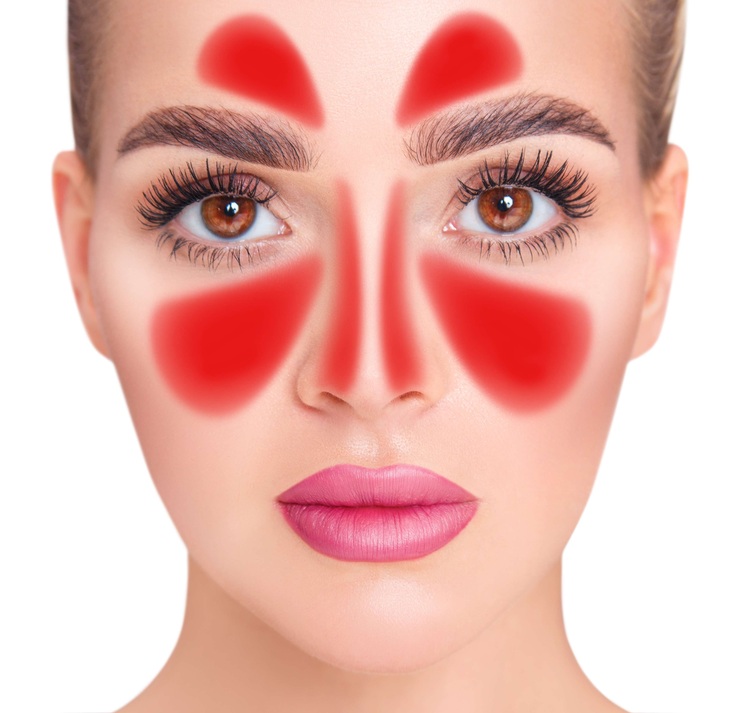The Art of Contouring: Sculpting Beauty with Shadows
Contouring, a makeup technique that enhances facial features through strategic shading and highlighting, has become a cornerstone of modern beauty routines. This transformative practice traces its roots back to the stage and screen, where actors and actresses used light and shadow to define their features under harsh lighting. Today, contouring has evolved into a sophisticated art form accessible to everyone, from makeup novices to seasoned professionals. Its popularity has surged in recent years, driven by social media influencers and celebrity makeup artists showcasing dramatic before-and-after transformations. As contouring continues to shape the beauty industry, it raises questions about changing beauty standards, self-expression, and the power of makeup to alter perceptions.

In the 1990s, makeup artist Kevyn Aucoin brought contouring to the forefront of high fashion and celebrity makeup. His techniques, detailed in books like “Making Faces,” laid the groundwork for the contouring revolution that would follow decades later. Aucoin’s approach emphasized the transformative power of makeup, showing how subtle shading could dramatically alter facial structure.
The Kardashian Effect and Social Media Boom
While contouring had long been a secret weapon of makeup artists, it was Kim Kardashian who catapulted the technique into mainstream consciousness in the early 2010s. Her makeup artist, Mario Dedivanovic, shared step-by-step tutorials of Kim’s dramatic contouring routine, sparking a global obsession with sculpted cheekbones and defined jawlines.
Social media platforms, particularly Instagram and YouTube, became hotbeds for contouring content. Beauty influencers and makeup artists shared increasingly complex tutorials, showcasing elaborate multi-step routines that promised to transform any face. This democratization of contouring knowledge led to a surge in demand for contouring products, with cosmetic companies rushing to release specialized palettes, creams, and tools.
The Science Behind the Sculpt
At its core, contouring relies on the principles of light and shadow to create the illusion of altered facial structure. By applying darker shades to areas that naturally recede (such as under the cheekbones or along the sides of the nose) and highlighting prominent features (like the bridge of the nose or the center of the forehead), makeup artists can create the appearance of more defined bone structure.
The effectiveness of contouring is rooted in human perception and the way our brains process visual information. Studies in neuroscience and psychology have shown that facial structure plays a significant role in how we perceive attractiveness and health. By manipulating these visual cues through makeup, contouring can influence how others perceive us and how we see ourselves.
Techniques and Tools of the Trade
Modern contouring encompasses a wide range of techniques, from subtle enhancements to dramatic transformations. Cream contour products offer a natural, blendable finish suitable for everyday wear, while powder formulations provide precision and longevity for more intense looks. The choice of tools is equally important, with angled brushes, beauty blenders, and even specially designed contour sticks allowing for various application methods.
Advanced contouring techniques go beyond the basic highlighting and shading of cheekbones. Nose contouring can create the illusion of a slimmer or straighter nose, while forehead contouring can alter the apparent size and shape of this feature. Jaw and neck contouring can define the lower face, creating a more sculpted appearance.
The Cultural Impact and Controversy
As contouring has become more prevalent, it has sparked debates about beauty standards and authenticity. Critics argue that the technique promotes unrealistic ideals of facial structure and can lead to a homogenized look. There are concerns about the pressure to constantly present a “perfected” image, especially in the age of selfies and social media filters.
On the other hand, proponents of contouring celebrate it as a form of artistic expression and self-empowerment. They argue that makeup, including contouring, allows individuals to present themselves as they wish to be seen, bridging the gap between self-perception and outward appearance.
The Future of Face Sculpting
As beauty trends continue to evolve, so too does the art of contouring. Recent years have seen a shift towards more natural, “skinimalist” approaches, with subtle contouring techniques gaining popularity. Innovations in cosmetic formulations, such as “smart” contouring products that adapt to individual skin tones, promise to make the technique more accessible and foolproof.
Virtual and augmented reality technologies are also poised to revolutionize how we approach contouring. Apps that allow users to virtually “try on” different contouring styles are already popular, and as these technologies advance, they may fundamentally change how we learn and apply makeup techniques.
In conclusion, contouring represents more than just a makeup trend; it’s a reflection of our cultural obsession with self-image and the malleability of appearance. As the technique continues to evolve, it challenges us to consider the intersection of art, science, and identity in the pursuit of beauty. Whether viewed as an empowering tool for self-expression or a symptom of unrealistic beauty standards, contouring remains a fascinating lens through which to examine our relationship with appearance and self-perception in the modern world.




